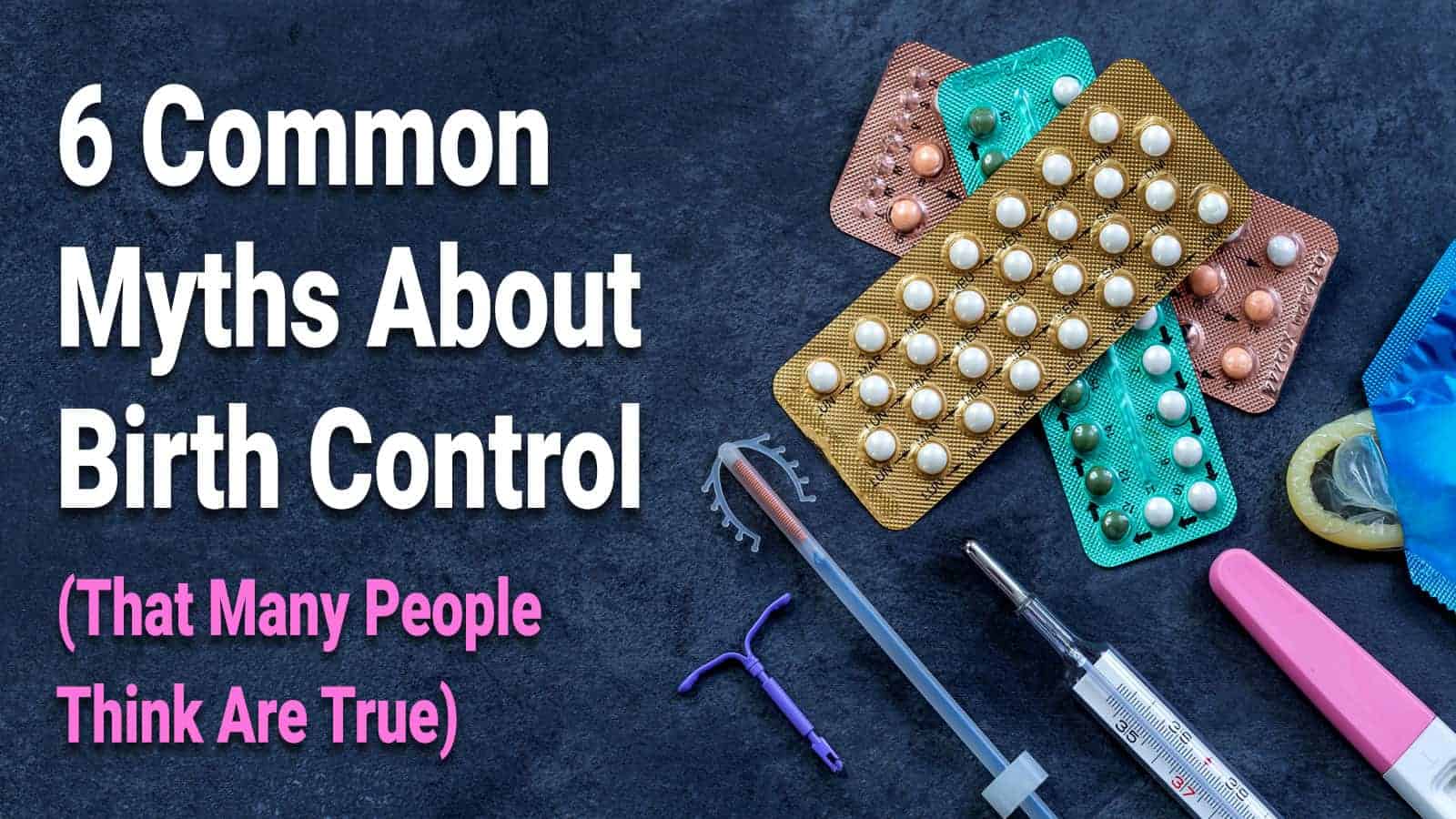Trust is a central feature in all healthy, positive relationships. After all, how can you share your life with a partner who you can’t trust? A fling is one thing, but a committed, long-term partnership requires genuine honesty and faithfulness.
But how can you tell if you can trust your partner? It’s normal to have doubts, especially when more serious commitment is in your near future. Luckily, some factors indicate you’re dating a keeper.
Here Are 10 Signs You Have A Partner You Can Trust
1. They Are There For You
When you’re going through a rough patch, this person is always there. When you need to talk, they’re happy to lend an ear. It’s about more than just presence, too – here are some areas that show they can be trusted:
· You Have Never Had To Chase Them
Your partner wants to be around you. They don’t make you come after them. You both equally make an effort to spend time with one another, and it doesn’t feel like you’re always begging for quality time.
· They Do Things That Inconvenience Them For You
Will your partner do things for you that they’re not necessarily the most comfortable with? Or do they shy away from doing things for you at their expense? Take extra note if you’re always doing things for them but they never return the favor.
· They Really Mean It
A lot of people say that they’re there for you, but when everything comes to blows, and you need someone by your side, they’re no one to be found. If your partner has proved time and time again that they will be there, you can trust them.
· You Feel Safe Around Them
Sure, instincts can be wrong sometimes, but sometimes you know you can trust someone. You feel safe around them. They’re your rock, and you turn to them first before anyone else.
2. They Talk To You But Also Listen To You
Your partner will put down whatever they are doing to talk to you. They are eager to talk to you after a long day, and it seems like second nature to them to tell you about what’s on their mind.
A partner who turns to you in good times and in bad trusts you, and therefore, they themselves can often be trusted. If they tell you about their day and relate funny stories to you from their lives, then there’s a good chance that they aren’t hiding anything. They want to share things with you!
A trustworthy partner is also a good listener. You feel safe talking to them about your concerns and frustrations. They respect and validate, focusing more on understanding than on responding.
If you happen to bring up any relationship-related issues, your partner responds in a positive way. They do not dodge questions and are open to communication. In this situation, it’s quite clear that they have nothing to hide.
3. They Are Trustworthy In Other Aspects Of Their Life
If your partner can really be trusted, then you’re not going to be the only person who thinks that they are trustworthy. They’ll be reliable all around. Here are some signs of that:
· They Do Not Tell Exaggerated Stories
They don’t inflate tales to make themselves sound cooler or better – they tell the truth, even if it’s underwhelming.
· They Are On Time
They know the value of punctuality and is on time for meetings, dates, and hangouts with everyone they know. If they’re running late, they’ll be sure to let others know as soon as they realize it – and that’s a rare occurrence!
· They Don’t Gossip
They have no interest in spreading rumors or listening to tall tales. They much prefer hearing the truth from the source.
· They Are Regularly Relied On In His Workplace
Their colleagues know them as someone who can be counted on.
4. They Communicate With You Well
Communication is the most crucial aspect of a relationship of any kind. It shows that you know how to deal with problems in a positive way. Here are some key features of communication that indicate a partner is genuine:
· They Look You In The Eye
Many liars have difficulty maintaining eye contact. They are usually concerned with being caught and don’t want you to catch wind of it in their expression. However, skilled liars may overcompensate by making too much eye contact.
· They Are Willing To Talk About Difficult Things
No matter how awkward or painful something may be to discuss, a trustworthy partner is willing to talk about it. They understand the necessity of communication through trying times.
· They Don’t Make Assumptions
Insecurity can cause partners to make incorrect assumptions about their significant others. Instead of allowing those assumptions or fears to grow, they talk them through with you. They also accept your responding gestures of faithfulness and would do the same to you.
5. People In Your Life Like Them
When you are in a relationship, you can be too close to the situation to see things objectively. The people closest to you who care about you will be able to see problems with more clarity. They also tend to be protective of you, allowing them to be more critical of what your partner does.
Sure, your friends and family can be a little harsh on the person you’re dating. But this just means that they may notice small issues and even red flags that you’ve been overlooking in your infatuated state. Plus, you know that if someone has their approval, there’s a good chance that they can be trusted.
A partner you can trust will also not go out of their way to avoid hanging out with the other people in your life. They understand that these people are important to you and may even want to impress them.
6. They Trust You
People who cannot be trusted often project their issues onto their partners. Because they are doing negative and problematic things, all positive thinking goes out the window, and they believe that you might be doing those same things, too.
Contrary to this, a partner who can be trusted trusts you. They don’t obsessively ask you where you’re going or where you’ve been. They don’t cross-reference your “alibis.” If they’re feeling jealous, they tell you in an honest and genuine matter, and they don’t accuse you of intentionally inciting that jealousy.
7. They’re Open But Not Possessive Over Phones And Devices
Your partner shouldn’t care if you catch a glimpse of their phone in passing, but a significant other who you cannot trust will be oddly protective of it. They might:
- Snatch their phone away as soon as you come close to it
- Become angry if you read a notification that pops up on their phone to them
- Refuse to allow you even to check the time
- Become very possessive over their phone, bringing it with them everywhere or at least never leaving it unattended around you
- Change their phone and device passwords from ones you knew to ones you don’t know
- Never ask you to help them hold their phone, even if they ask you help hold other things
Do note that a partner should expect the same openness from you, but not to the point of obsession. If your significant other is trustworthy, they would never snoop through your devices and messages and then accuse you of having something to hide when you get upset. Your privacy is still valid and valuable, and it should not be invaded this way – nor should you invade theirs.
8. They Take Responsibility
A grown-up, mature adult that you can trust is more than capable of taking responsibility for their wrongs. If they make a mistake, they own up to it. If they say they’ll do something, they absolutely will, and will inform you immediately if they find out that they can’t.
Often, an untrustworthy partner will attempt to shift blame or gaslight you to make themselves look like the “good guy” in any given situation. They may use phrases like:
- “You made me do this!”
- “How was I supposed to know?”
- “If only you had…”
- “You’re very sensitive about this.”
- “Next time, you should…”
- “It wasn’t that serious. You should relax.”
- “You should have…”
- “This is a non-issue.”
- “What about when you…”
Yes, in many situations, one person in a relationship is not exclusively at fault. But this means both of you should be willing to admit fault, take responsibility for your issues, and work together to prevent this from happening again. Remember, fights are about a couple versus their problem, not you versus your partner!
9. They Are Okay With Being Emotionally Vulnerable
Emotional openness is exceptionally crucial in long term relationships – and it’s the mark of a trusting, mature adult partner when they can be open about themselves and their feelings. Here are some great features of emotional vulnerability to look out for:
· They Open Up About Their True Selves
A trustworthy partner understands that, to have their partner be open with them, they have to be open, too. They share deep thoughts and conversations with you, they tell them about their different fears and dreams, and they reciprocate when you are open.
· They Don’t Pretend To Be Someone They Are Not
In the first phase of a relationship, it’s easy to want to pretend to be a person you’re not, all in the effort of being cooler or looking better. But as the relationship goes on, you’ll want a partner who is true to themselves – especially around you.
· They Are Honest About Their Emotions
Being vulnerable can be frightening, but your partner will not pretend to be okay when they aren’t. They see no shame in being emotional, and talking about those emotions can improve positive thinking and help the problems to be overcome. This emotional honesty can also bring couples closer together.
10. They Respect You
At the end of the day, a relationship is about respect. If your partner respects your words, who you are, and what you do, you’ll know that you can trust them. They love your independence and would never try to change you, but they are always up for providing advice and constructive criticism in a thoughtful way. That’s how you know they’re for real!
Final Thoughts On Some Signs You Have A Partner You Can Trust
Trust is critical in any relationship. A lack of it points to a shaky and negative partnership that won’t withstand the test of time. If you don’t feel safe with the person you share your life with, it’s time to rethink your decision to stay with them.
Of course, some small elements related to trust can be discussed with your partner. Sitting down and communicating these problems to them can change your relationship for the better. Who knows – you may learn more about each other and grow closer in the process! After all, what are relationships all about, if not about learning and growing together?













